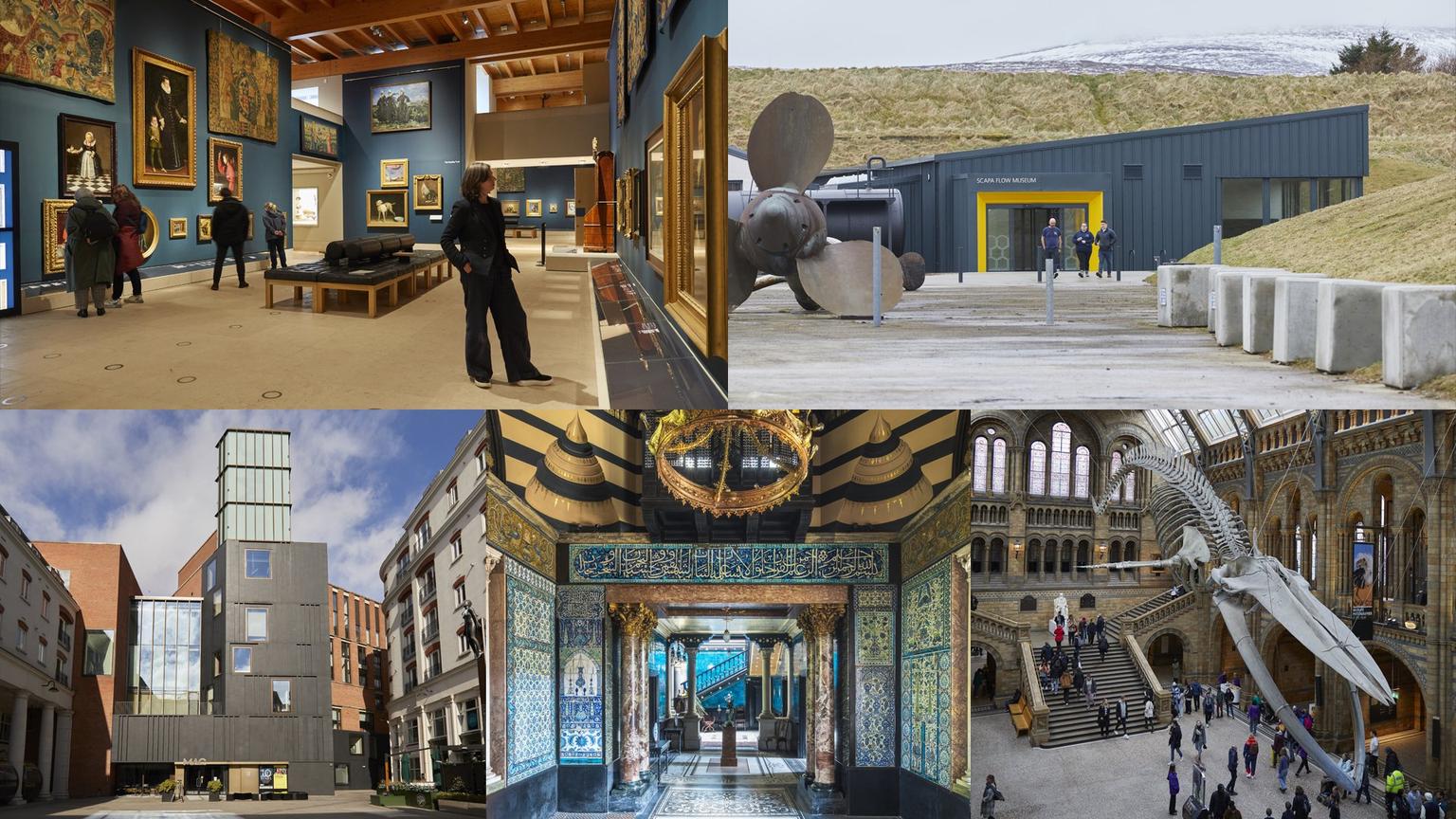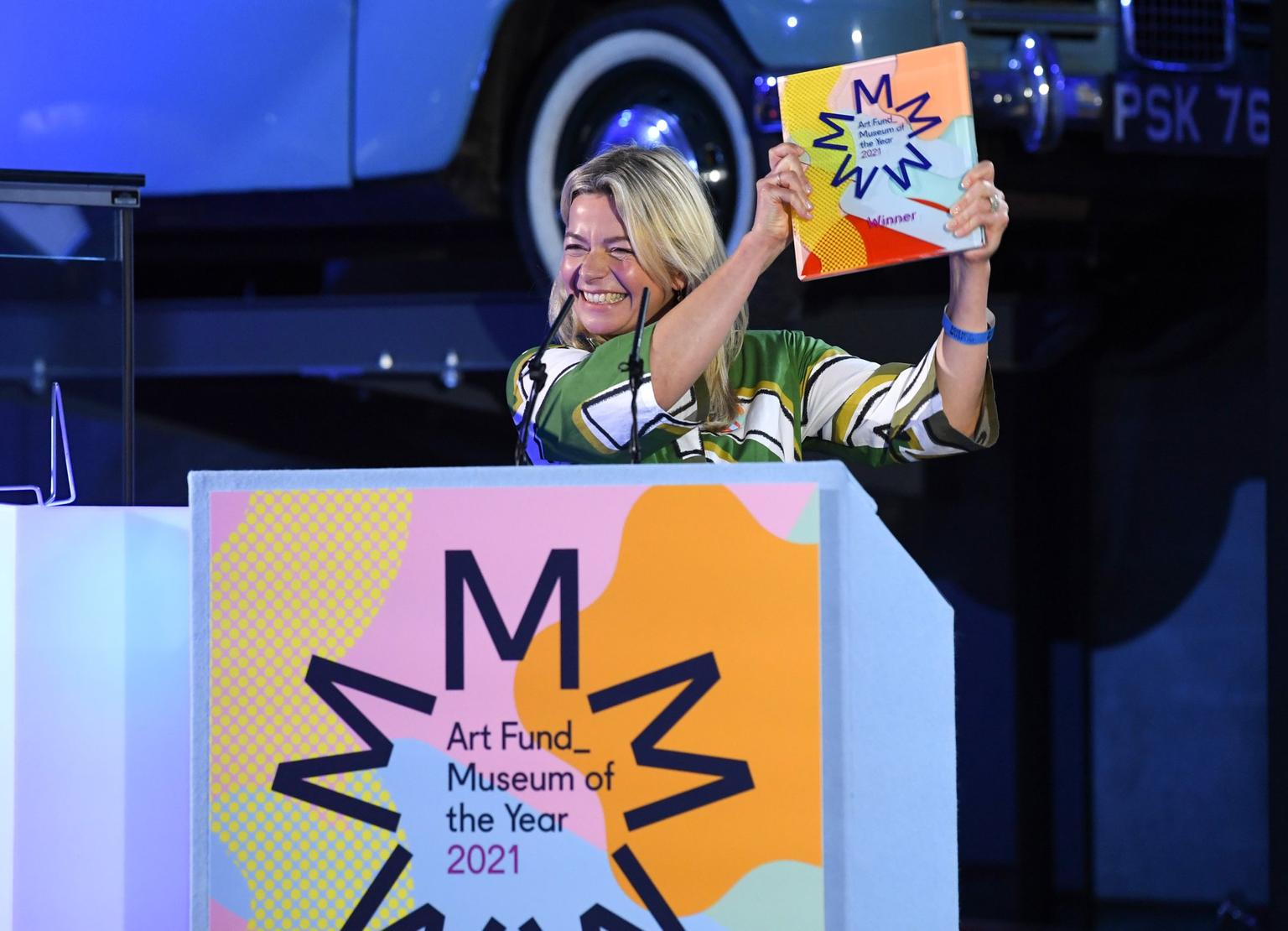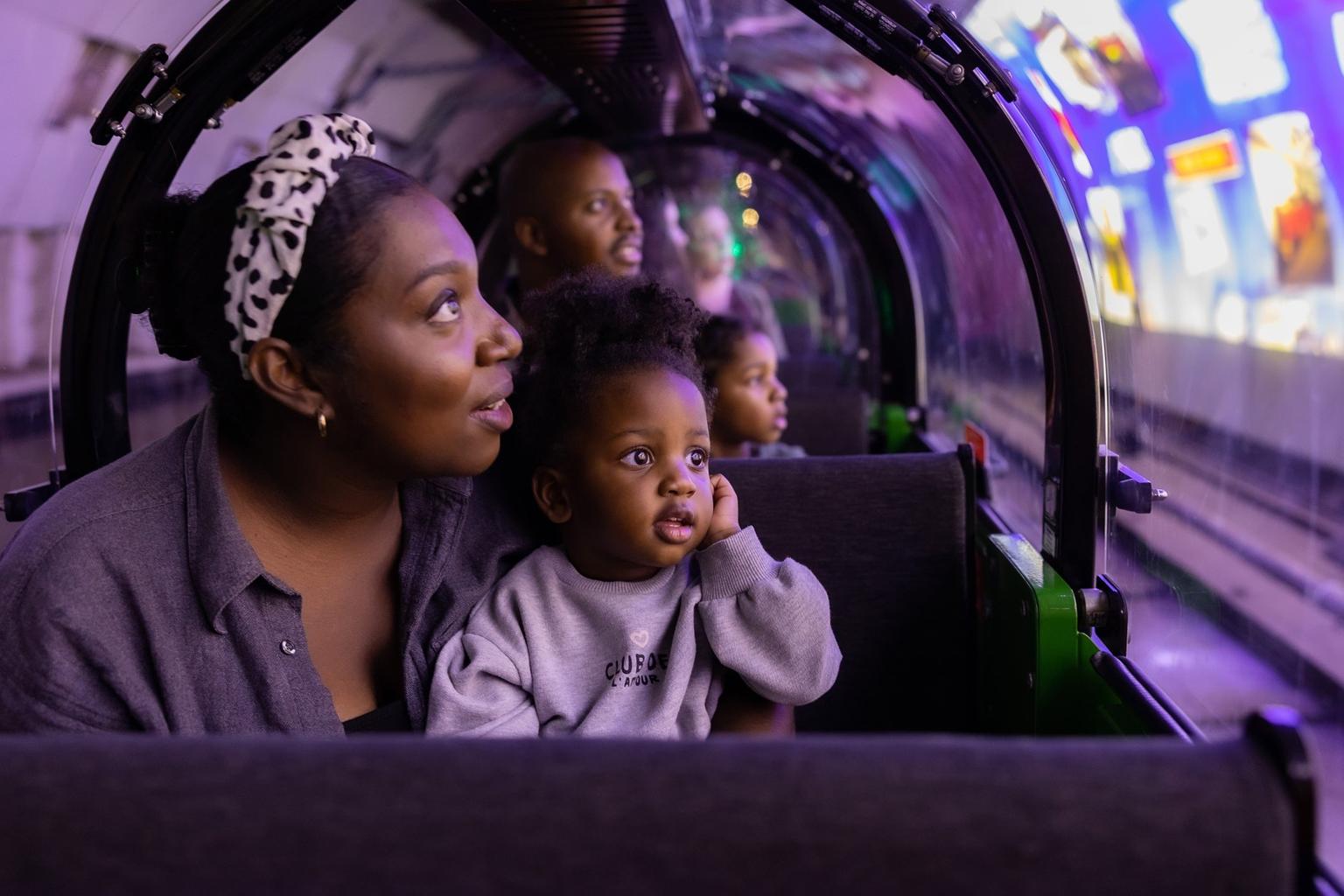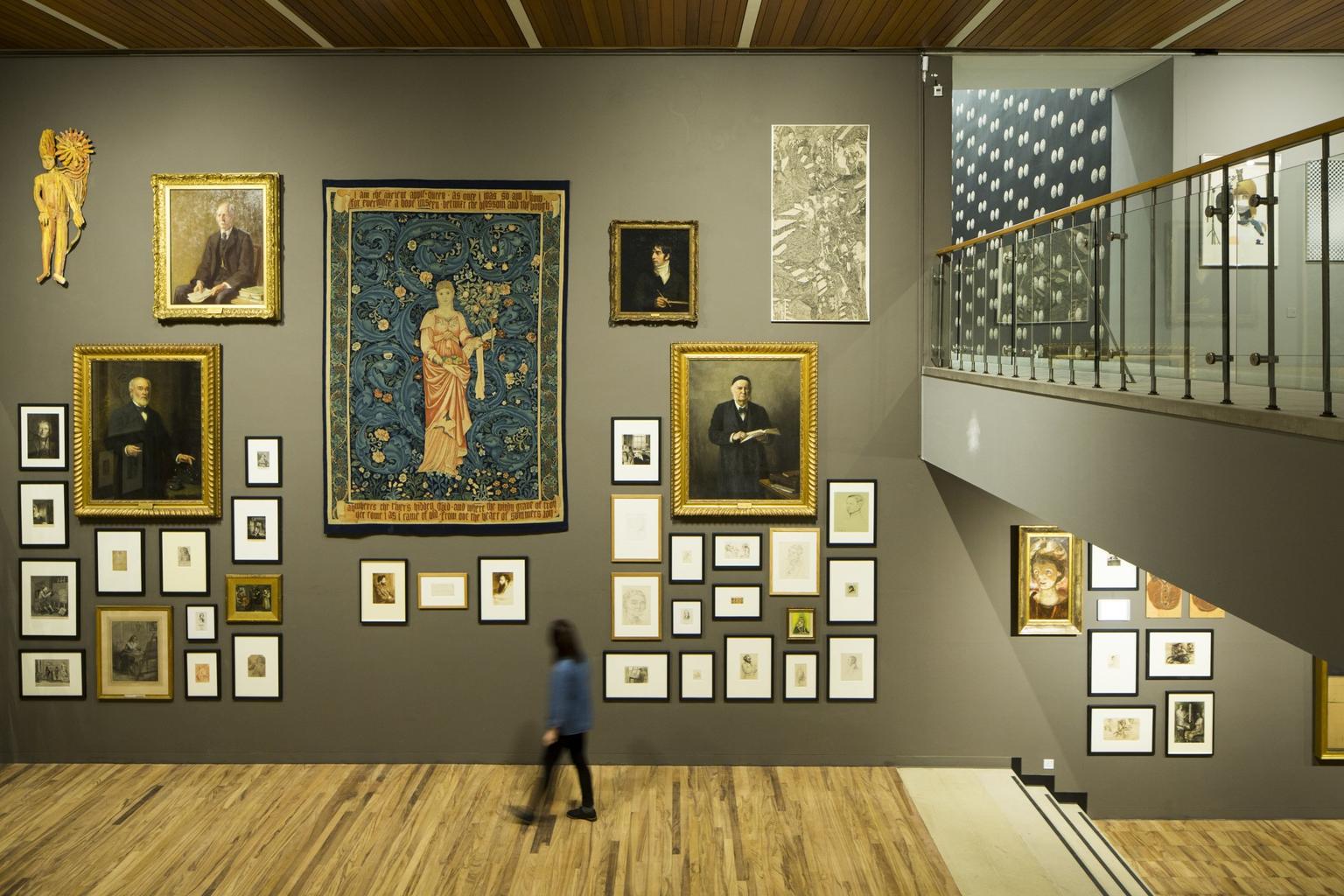New insights show the impact of Art Fund Museum of the Year as it marks its tenth anniversary

As the world’s biggest museum prize celebrates its tenth year, our policy manager, Lucy Bird, shares findings of new research that looks back at the impact of the prize, and forward to the challenges and opportunities of the coming decade.
There is something curiously contradictory about the nature of anniversaries. On the one hand, they encourage a swell of activity, and on the other, they afford a considered moment of reflection.
2023 marks 10 years of Art Fund Museum of the Year – the world’s largest museum prize, with a total of £180K being split between the winner and other finalists this year. As we gear up toward the award ceremony on 12 July to celebrate this year’s outstanding shortlist of five museums, we're also taking time to stop and consider the impact of the prize over the last decade, and what the future may hold for the prize, and the sector more broadly, over the next.
To do so, we commissioned BOP Consulting to speak with former finalists and winners, judges, and sector experts, through surveys, interviews, and roundtables, to collate and analyse their insights.
While many of the reflections will contribute towards how we think about developing the prize, there was such a wealth of wisdom shared by contributors, we wanted to make this more widely available, especially with our partners, supporters and the wider museums sector.
Funding art
When Art Fund was founded 120 years ago, its primary aim was to support acquiring art and objects for the benefit of the public. Whilst our remit has hugely expanded since then, supporting collections is still core to our work, and we do this by supporting museums through their exhibitions, programming, and acquisitions – which is one area most former winners and finalists developed following their participation with the prize.
To ensure the most remarkable art and objects are in public collections, we're continuing to advocate for governments across the devolved nations to reprioritise support for collections and acquisitions.
Looking to the future of collections and programming, the research findings articulated a need for community and quality to be seen as ‘two sides of the same coin’. It suggested that best sector practice involves proactive and intentional engagement of community groups in curation, to ensure exhibitions centre local voices and reflect the stories of the audiences they seek to engage.

When looking at the methods of funding art more broadly, the research found that the nature of the prize – to be spent however the winner sees fit – was a substantial advantage for finalists and winners, enabling them to be daring and engage in ambitious activity. The review suggested that it will be important for funding bodies to develop more unrestricted funding for the sector to enable innovative, bold, and forward-thinking activities.
However, the review found there will also be a continued need for restricted funds in the future. For example, those dedicated to exhibition innovation such as Museums and Galleries Exhibition Tax Relief (MGETR) that are a powerful form of support to supplement other funding sources and target specific needs.
I'm taking independent money. And I'm investing in a certain way that I probably couldn't do with other money that's coming into the organisation. And it is critical that we can do that. It's the riskiest thing I think we've done, and I couldn't do it without that support. So, we do need other types of money coming in because it does open up conversations about different things.'
Audience making
Whilst many organisations are still seeking to recover pre-pandemic audiences, we've begun to see some promising trends of visitor numbers increasing.
The research found that over the last decade, 64% of museums who participated in the prize attributed an increase of in-person visitors once shortlisted, with 60% of the new audience groups reached being new demographic groups (e.g., gender, age, ethnicity, income level) and 40% from wider geographic areas. Participants also reported a 64% rise in digital visits.
It is encouraging to see here an important role for UK-wide prizes, that can engage new audience groups by convening museums and promoting their work.
Looking to a future where everyone feels empowered to discover, visit, and use our wonderful museums, the research findings suggested that the sector could further promote every museum as a ‘community museum’ no matter the size or funding structure.

The research recommended a cultural shift that enables museums and galleries to approach audience development and community engagement in a less siloed way by considering both marketing for ‘audiences’ and marketing for ‘communities’ at the same time.
The ability of museums to bring together an array of visitor profiles presents opportunities for museums to further provide space for critical thinking, where people can convene, have conversations, and discover new things all in the same place.
With social media often lacking space for nuanced debate, the opportunity for museums to be safe spaces for discussion and discovery, as an alternative to digital siloes, is something the review found was especially important for thoughtfully engaging young audiences.
For people who've perhaps been living on the doorstep of a museum and not actually thought to go in it, it kind of creates this sort of status and recognition that can really be a catalyst for first time visitors.'
Amplifying the museum sector
The past 10 years have seen the sector’s funding suffer a decrease in direct investment into museums from local authorities and many other funding sources. Whilst unprecedented Covid funding helped, many museums remain at risk, with proposed budget cuts across the UK in the midst of soaring energy and living costs.
Museums are one of our most valuable assets, serving their local communities at a time of great need, as well as attracting visitors from further afield. Yet it is the very things that bring museums to life for their communities, such as outreach, education, and health and wellbeing, that are becoming increasingly difficult to sustain.
Local authority, civic and community museums have been particularly affected by cuts, with urgent ongoing support needed for this vulnerable part of the sector.
Art Fund Museum of the Year has huge potential to spotlight these issues, with 100% of survey respondents reporting the prize had a positive effect on profile-raising at a national level, and 92% at a local level.
In addition, 60% of the 30 museums who took part in the research reported that the prize had positive financial impacts, including increased revenue, and further public funding and private funding.
It was encouraging to hear that this contributed to some museums being included within their local authorities’ strategic initiatives around culture, such as local cultural strategies and ‘Borough of Culture’ designations.

The reason to invest in museums is because of the amazing work that they do connecting to communities, driving the local economy and the visitor economy. Working with our communities to tackle some of the big issues of the day including decolonization, anti-racism, climate justice, activating communities to work towards Net Zero... But they can't do that work unless they have sustained and strategic investment.'
Final thoughts
In the face of what often feels like a relentless onslaught of challenges, there is comfort to be found in moments when the sector can come together and celebrate its contribution to society, through publicly accessible collections, programmes and initiatives that offer education and enjoyment, as well as foster diversity and sustainability.
The research has provided an opportunity for Art Fund to take stock of the overall impact of the prize over the last 10 years, whilst also gathering important insights into the ever-evolving priorities of museums as they look forward to the challenges and opportunities ahead.
It is our ambition to support these changing priorities and ways of working as we look to develop the prize and the role it can play in the future as a significant champion of the sector.
We would like to thank BOP Consulting and all the generous participants who took part in the research.